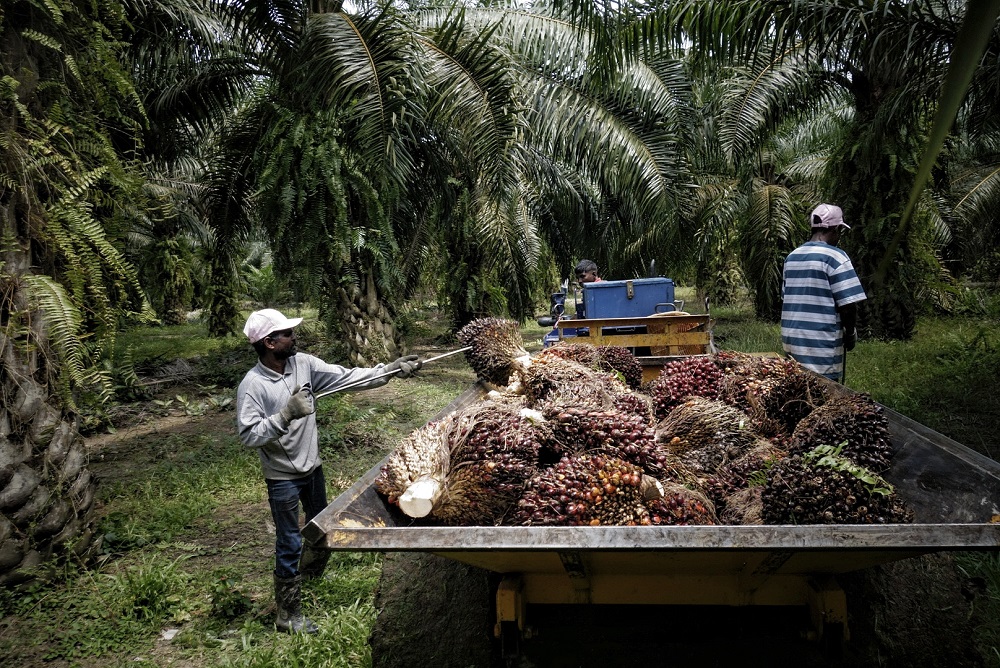KUALA LUMPUR, Oct 4 — The price of crude palm oil (CPO) is expected to stay at current levels until the early second quarter of 2022, said analysts.
UOB Kay Hian Securities (M) Sdn Bhd director of Asean Plantation Research Leow Huey Chuen said the research house is of the view that the commodity will stay at RM3,800 and above per tonne.
“For the full year forecast, we expect CPO to range between RM3,500 per tonne and RM3,800 per tonne for 2022,” she said in a panel discussion on the Palm Oil Market Outlook In East Malaysia And China at East Malaysia Crude Palm Oil Futures (FEPO) Virtual Ceremony Launch 2021 today.
On Sept 30, the CPO futures contract on Bursa Malaysia Derivatives closed at an all-time high, with the benchmark palm oil contract - December 2021 - jumping to RM4,595 a tonne.
The high price was attributed to the concerns over weak production, which has continued to lift sentiment.
CGS-CIMB Securities head of Malaysia research Ivy Ng sees the average CPO price at RM3,700 per tonne for 2021 and that it would stay at the RM2,800 per tonne level next year.
CPO producers face several key challenges in maintaining the commodity’s price in the coming year, she said. Reversing the declining CPO yields could be the main challenge for producers due to labour shortage, adverse weather, ageing estates, diseases, as well as the adverse impact of climate change such as La Nina.
According to the Malaysian Palm Oil Council (MPOC), Malaysian oil palm plantations are in urgent need of foreign labour as there has been a shortage of 75,000 foreign workers since last year.
The palm oil industry is very labour dependent, especially when it comes to harvesting time.
Another major challenge is containing rising estate costs due to potential increases in the minimum wage, foreign workers’ levies, various taxes imposed on local planters and increasing compliance costs to meet ESG standards.
She said CGS-CIMB has found that the forecast price is still higher than the historical average, suggesting that “the challenges are partly inflated into forward average prices.” — Bernama






















